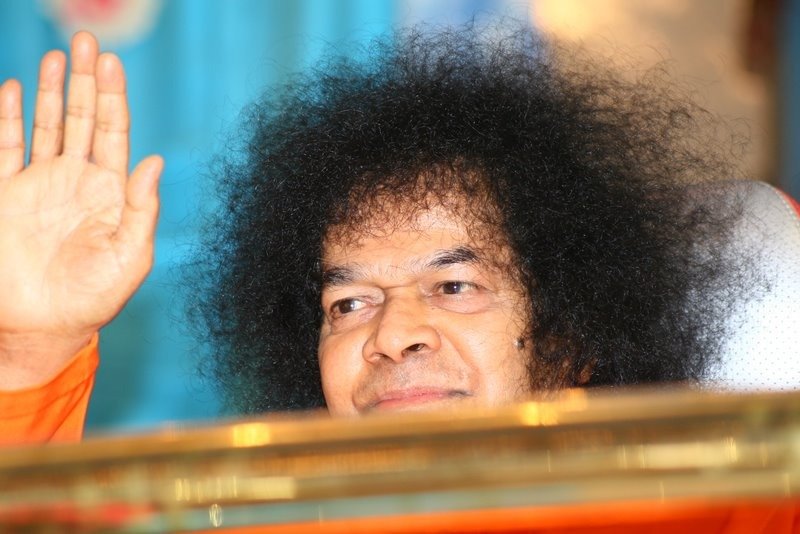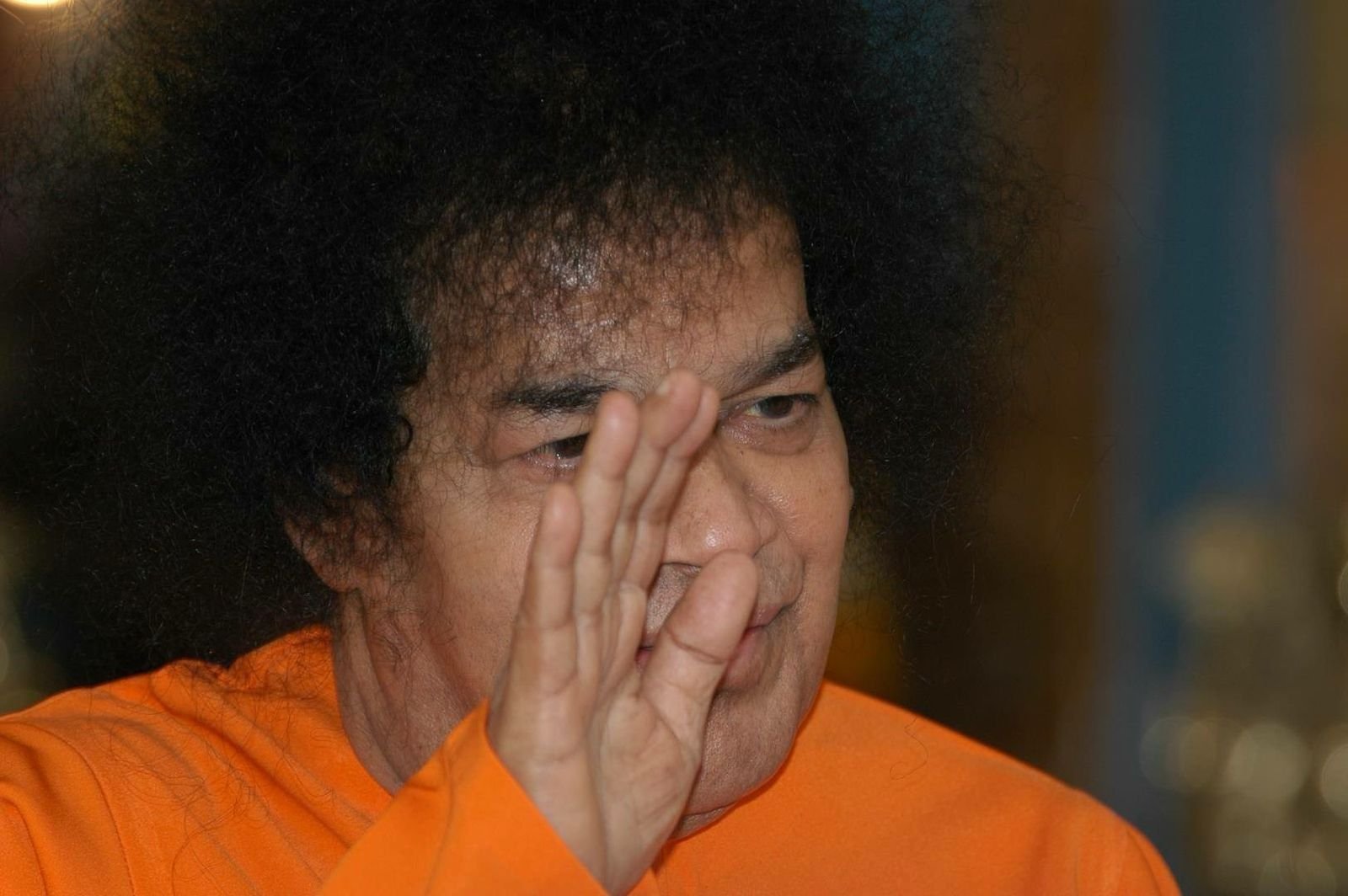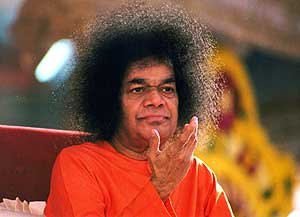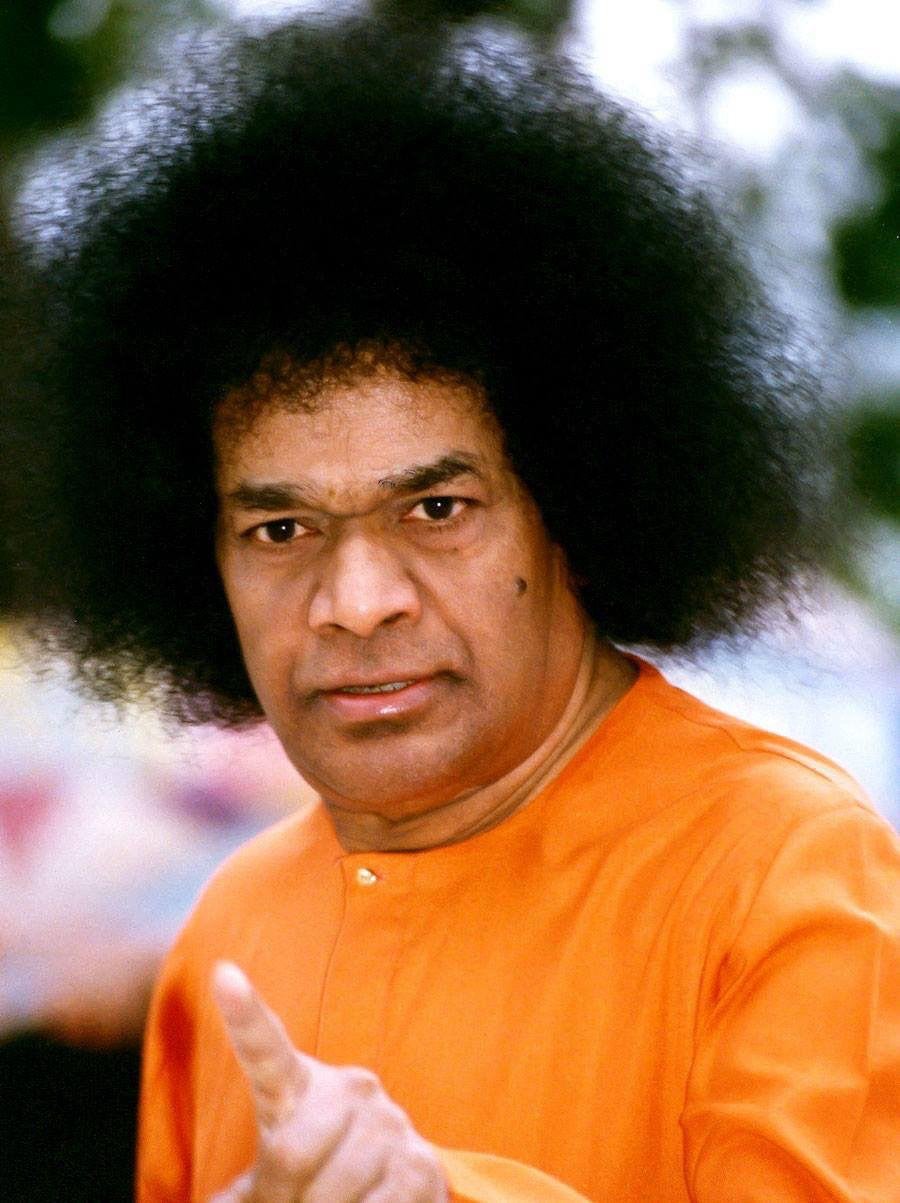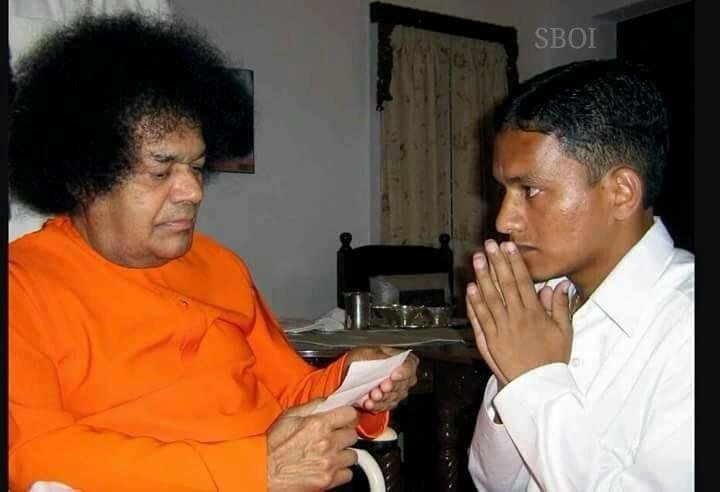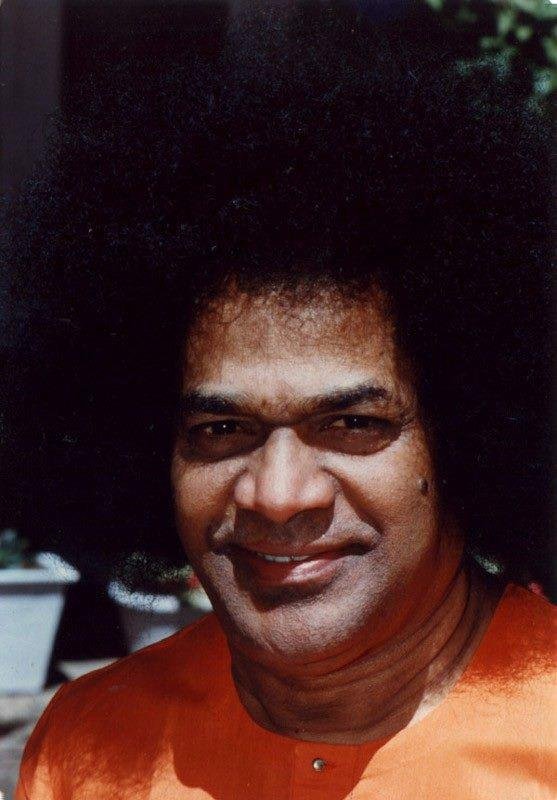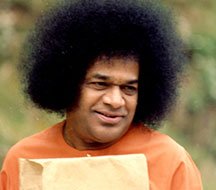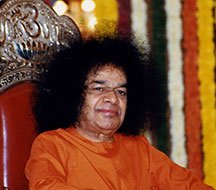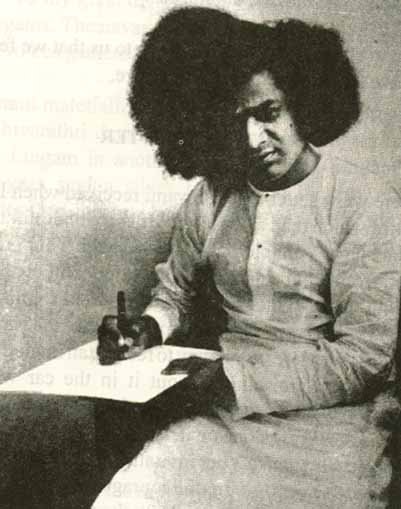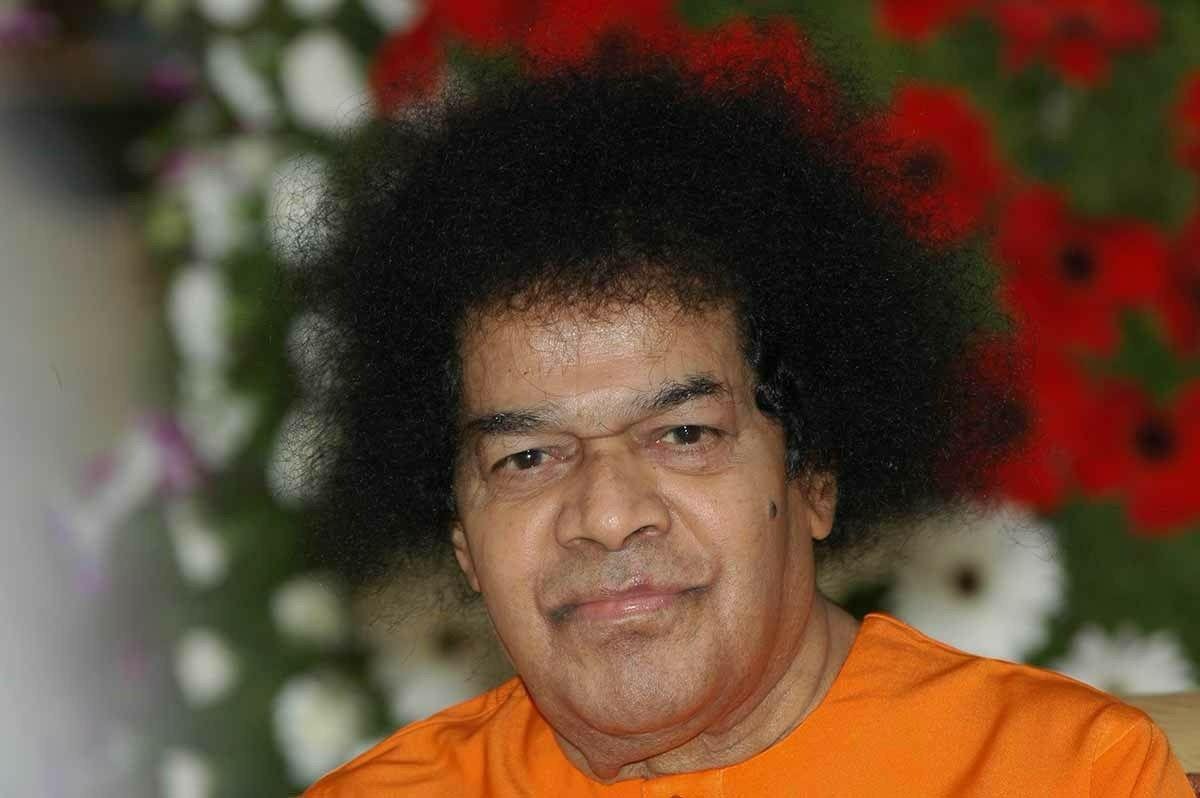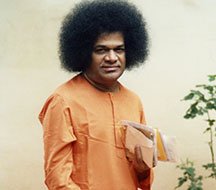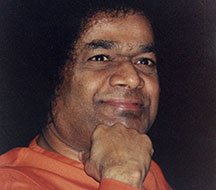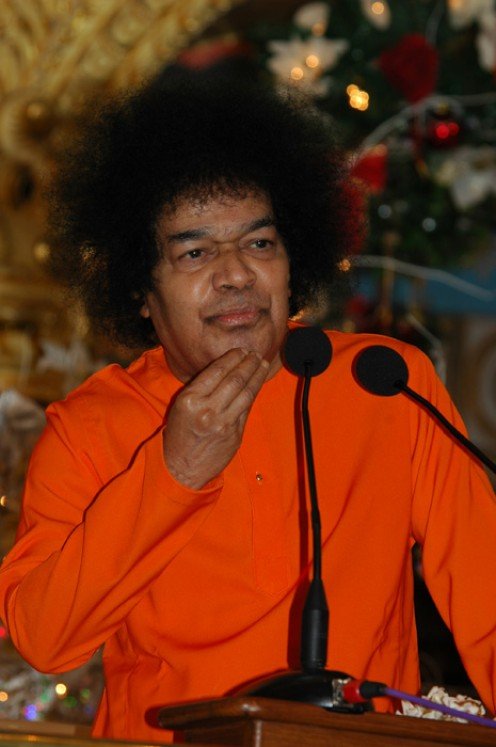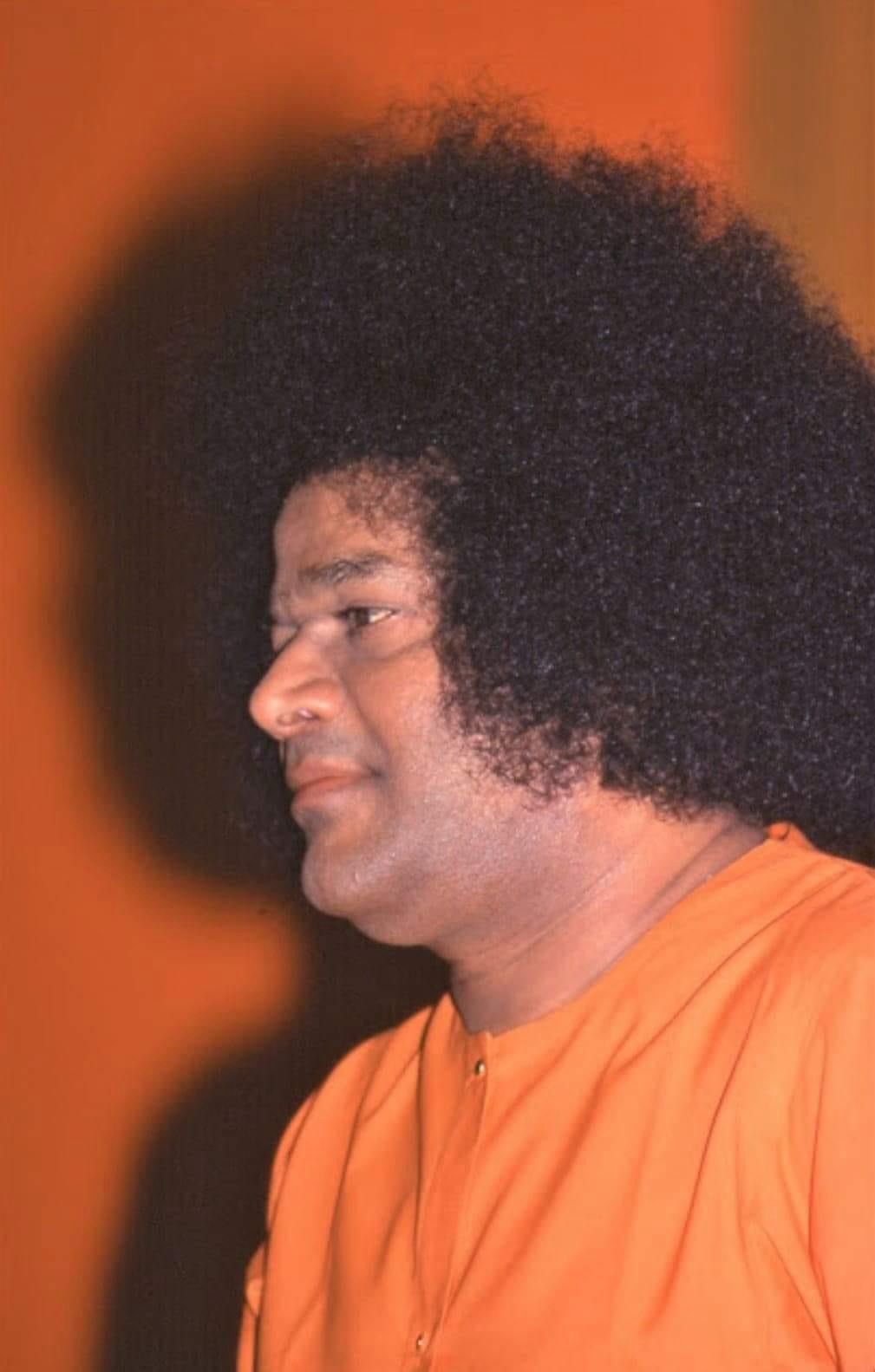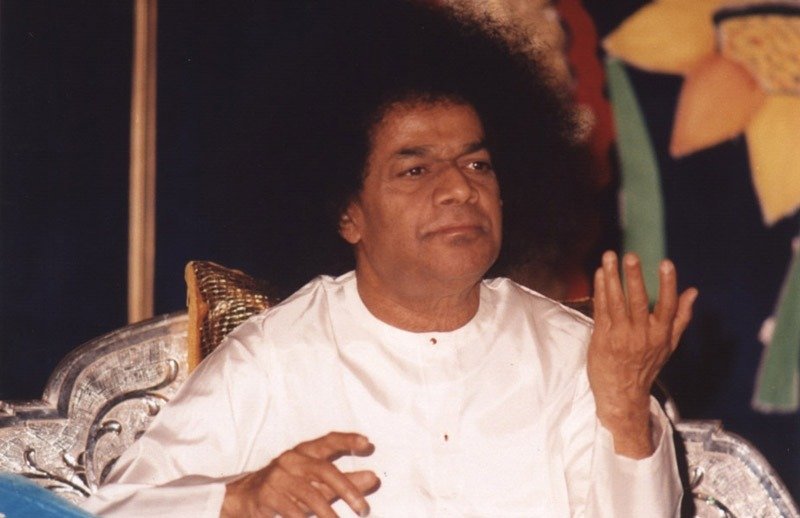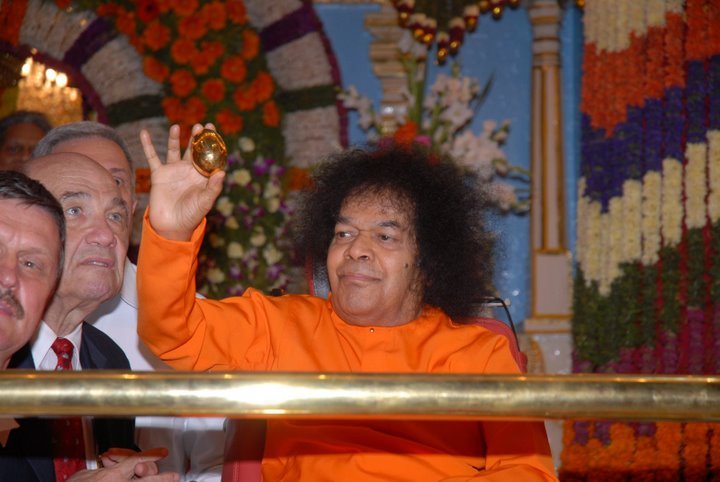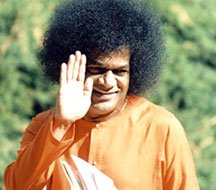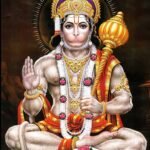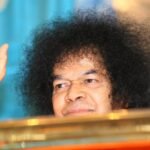Sri Trailanga Swami ji

Sri Trailanga Swami Ji was a Hindu yogi and mystic famed for his spiritual powers.
It is believed that Sri Trailanga Swami ji was incarnation of the Lord Shiva and referred as the “The walking Lord Shiva of Varanasi” There are many stories and anecdotes about Sri Trailanga Swami ji’s spiritual and yogic powers. He is believed to have lived for more than 300 years, 150 of which were lived in Varanasi, until his death in 1887. In varanasi, he lived at different places including Assi Ghat, the Vedavyas Asharama at Hanuman Ghat and Dashashwamedh Ghat. He was often found roaming the streets or the ghats, stark naked and “carefree as a child”. He was reportedly seen swimming or floating on the river Ganges for hours.
His fame had spread and a vast number of people seeked him to allievate their pain and suffereings.
During his stay in Varanasi, several prominent contemporary Bengali saints like Lokenath Brahmachari, Benimadhava Brahmachari, Bhagaban Ganguly, Ramakrishna Paramahamsa , Vivekananda, Mahendranath Gupta, Lahiri Mahasaya, Swami Abhedananda, Bhaskarananda, Vishuddhananda, Vijaykrishna and Sadhak Bamakhepa met him and were convinced of his divinity
The brahman alone is ultimately real, the phenomenal transient world is an illusory appearance (maya) of Brahman, and the true self, atman, is not different from the Brahman.This oneness is a fundamental quality of everything. Everything is a part of and made of one nondual consciousness. Liberation can be achieved while living, and is called Jivanmukti. The Atman-knowledge, that is the knowledge of true Self and its relationship to Brahman is central to this liberation in Advaita thought. Atman-knowledge is that state of full awareness, liberation and freedom which overcomes dualities at all levels, realizing the divine within oneself, the divine in others and all beings, the non-dual Oneness, that Brahman is in everything, and everything is Brahman.

Classical Advaita Vedānta emphasises the path of Jnana Yoga, a progression of study and training/ Inquiry of truth to attain moksha. It consists of fourfold qualities, or behavioral qualifications. A student in Advaita Vedānta tradition is required to develop these four qualities

Life and Biography of Sri Trailanga Swami ji
Sri Trailanga Swami ji was born in Kumbilapuram (now known as Kumili of Puspatirega Tehisil) at Vizianagaram District in Andhra Pradesh, with the name of Shivarama. His biographers and his disciples differ on his birth date and the period of his longevity. According to one disciple biographer, Sivarama was born in 1529, while according to another biographer it was 1607. His biography has been written by Biruduraju Ramaraju as one volume of his six volume project Āndhra yōgulu.
Sivarama’s parents were Narashingha Rao and Vidyavati Devi, who were devotees of Shiva. After the death of his father in 1647, at the age of 40, he gave up wealth and family responsibilities to his half brother Sridhar. His mother then shared with him the fact that her father at the time of death expressed desire to be born to her and continue his Kali sadhana for the benefit of mankind. She told Sivarama that she believed that he was her father (his own grandfather) reincarnated and that he should take up Kali sadhana.
Upon the initiation of a Kali mantra from his mother, Sivarama carried out Kali sadhana in the nearby Kali temple and Punya Kshetras, but was never far away from his mother. After his mother’s death in 1669, he saved her ashes (chita bhasma). He would wear her ashes and continue his Kali sadhana day and night (teevra sadhana). During that time, Sivarama lived the life of a recluse in a cottage, built by his half-brother, near a cremation ground. After 20 years of spiritual practice (sadhana), he met his preceptor swami, Bhagirathananda Saraswati, in 1679 from the Punjab. Bhagirathananda initiated Shivaram into monastic vows (sannyasa) and named him Swami Ganapati Saraswati in 1685. Ganapati reportedly led a life of severe austerities and went on a pilgrimage, reaching Prayag in 1733, before finally settling in Varanasi in 1737
A member of the Dashanami order, Sivarama became known as Sri Trailanga Swami ji after he settled in Varanasi, living the monastic life.In Varanasi, till his death in 1887, he lived at different places including Assi Ghat, the Vedavyas Asharama at Hanuman Ghat, Dashashwamedh Ghat. He was often found roaming the streets or the ghats, stark naked and “carefree as a child”.He was reportedly seen swimming or floating on the river Ganges for hours. He talked very little and at times not at all. A number of people became attracted to him upon hearing of his yogic powers to ameliorate their sufferings. During his stay in Varanasi, several prominent contemporary Bengalis known as saints met and described him, including Lokenath Brahmachari, Benimadhava Brahmachari, Bhagaban Ganguly, Ramakrishna, Vivekananda, Mahendranath Gupta, Lahiri Mahasaya, and Swami Abhedananda., Bhaskarananda, Vishuddhananda, and Vijaykrishna and Sadhak Bamakhepa.
After seeing Trailanga, Ramakrishna said, “I saw that the universal Lord Himself was using his body as a vehicle for manifestation. He was in an exalted state of knowledge. There was no body-consciousness in him. Sand there became so hot in the sun that no one could set foot on it. But he lay comfortably on it.” Ramakrishna also stated that Trailanga was a real paramahansa (lit:”Supreme swan”, used as an honorific for a spiritual teacher) and that “all Benares was illuminated by his stay there.”

Trailanga had taken the vow of non-seeking (ayachaka)—remaining satisfied with whatever he received. In the later stage of his life, as his fame spread, crowds of pilgrims visited him. During his last days, he took up living like a python (ajagaravritti) in which he sat still without any movement, and devotees poured water (abhisheka) on him from early morning till noon, looking upon him as a living incarnation of Shiva.
Sri Trailanga Swami ji Miracles & Stories
While engaged in his usual meditation, he was called into the present by the wailing of a woman who was carrying her seven-year-old dead son to the place of the last rites. Some people were following her, looking sad and helpless. The woman was a widow and the son, her only reason to stay alive, now dead.
With her only hope gone, she looked utterly helpless and forlorn. She looked at the Sri Trailanaga Swami ji. As if inspired by some power, she laid the body of her son at his feet. Something told her that the Swami would take pity on her plight and that her prayers would be answered. In a flash of surging faith, she forgot the grief of bereavement too. Deeply moved by the grief and misery of the lonely woman, Sri Trailanga Swami ji touched the forehead of the boy who stirred that very moment. The happy mother fell at the Swami’s feet and tears (of joy now) flowed down her cheeks. In the presence of all the beholders the Swami disappeared there and then.
There is no way of ascertaining the facts as to where and exactly when this miracle took place. But the date and place are not as important as the strength of belief in Sri Trailanga Swami ji, which stems from a real and deep faith in the merciful God.

Sri Trailanga Swami ji’s miracle in Rameshwaram
This anecdote is from the time when Sri Trailanga Swami ji was living in rameshwaram. He was called GanapatiSwami in those times.
A Brahmin, along with his relatives, was visting Rameshwaram on a piligramage. He suddenly took ill and collapsed, perhaps due to the hot weather, or, the stress of the long and grueling journey.
His relatives and companions were despondent, and fearing the worst, sobbed loudly. Noticing the commotion and wailing, many piligrims and passers-by gathered around the brahmin and his companions. Ganapatiswami, who was walking by, noticed the loud weeping of the piligrims and looked at the figure on the ground. He was moved by their grief. Considering the brahmin as deceased, some of the gathered piligrims were discussing about preparations to carry the brahimin’s body for cremation.
Ganapatiswami looked at the figure on the ground with contemplation. He poured out some water from his kamandala, a jug made of metal usually carried by all sadhus, and sprinkled it on the body of the brahmin. To the utter amazement of the gathered piligrims, the brahmin moved and, in a while, he regained consciousness. Ganapatiswami moved on, after advicing the relatives to feed a little milk to the brahmin. In no time, the brahmin sat up, much to the relief and joy of his companions. They were struck with the realization that the swami was no ordinary man, and that he was a avatar of God, who bestowed life back to the brahmin.
Sri Trailanga Swami ji: The savior in the storm
In 1733, Ganapatiswami left Markandeya ashramn for Prayag. There he chose a serene and secluded spot to spend his time in meditation.
One day as he sat looking at the river, Sri Trailanga Swami ji saw pilgrims sailing in a boat towards the bank. Suddenly the sky was overcast and fierce winds began to blow. It started raining and in a few minutes it was a downpour. Sri Trailanga Swami ji sat unmoved in the rain.
While everyone was running for shelter, one Ramtarak Bhattacharya approached the Swami and tried to persuade him to seek shelter. Sri Trailanga Swami ji only smiled and asked him not to worry about him. When the man looked at him uncomprehending, Sri Trailanga Swami ji told him that the boat would sink and he had to save the pilgrims, as he was saying this the boat disappeared down in the water. The Swami too disappeared. Ramtarak was dumbfounded. He looked at the river with wonderfilled eyes.
In a few minutes the boat came to the shore with all the passengers safe and along with them there was the Swami too, stark naked. The pilgrims got off one after another and went their ways. Only Ramtarak realized that the Swami had been the saviour of the pilgrims in the boat.
He fell at Sri Trailanga Swami ji’s feet, took the dust and raised it to his eyes as act of worship and deep obeisance. He was about to ask the Swami a question but the Swami smiled.
Ramtarak was fortunate that the Swami gave him a piece of his preaching. There was nothing wondrous about what he had done, for anyone who had insight into life, the transience of the world and the ephemerality of sensual pleasures would have done that easily. Men in this world, unfortunately, are all drawn to sensual pleasures. Little do they realize that it is all an illusion and that the world and the physical body are unreal and not everlasting. By saadhana and renunciation, godhead would be easy to reach.
At the end of his brief teaching Sri Trailanga Swami ji reminded Ramtarak that he had been drenching himself in rain just for nothing and disappeared.

